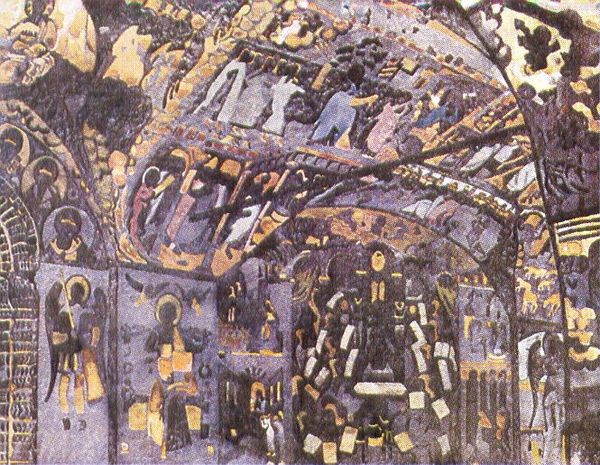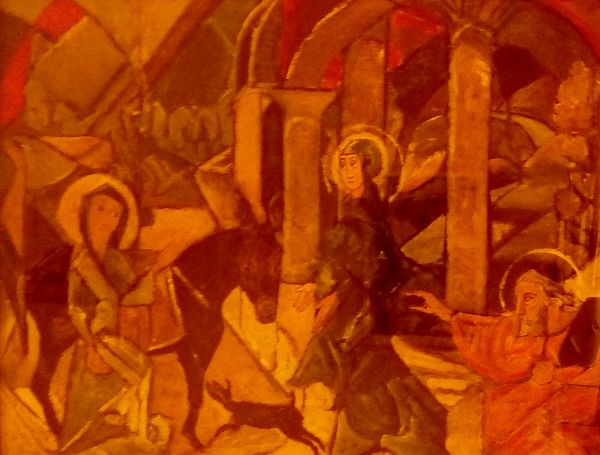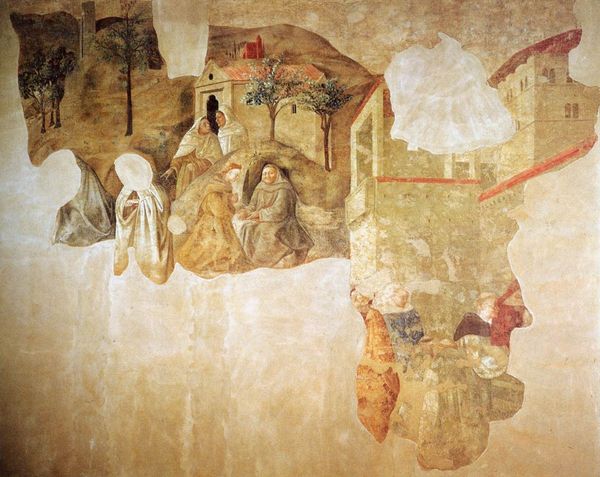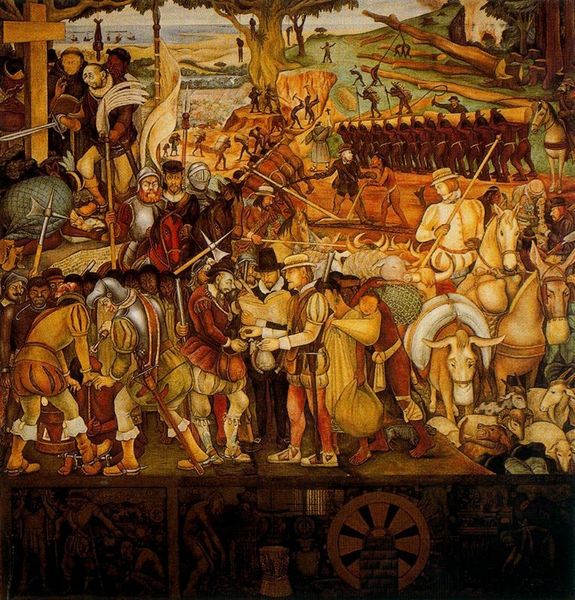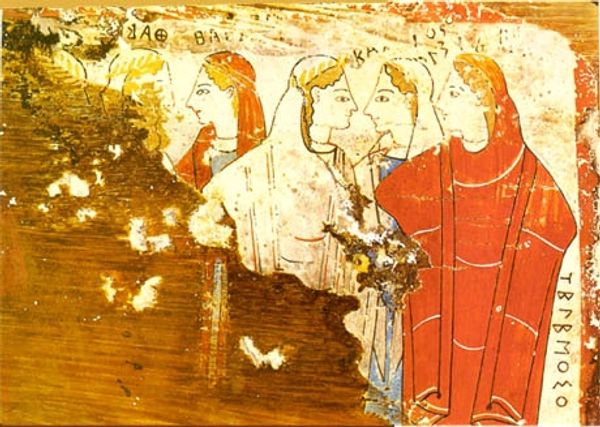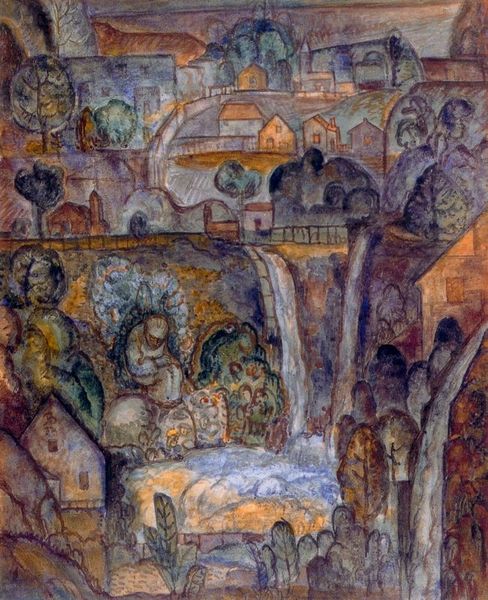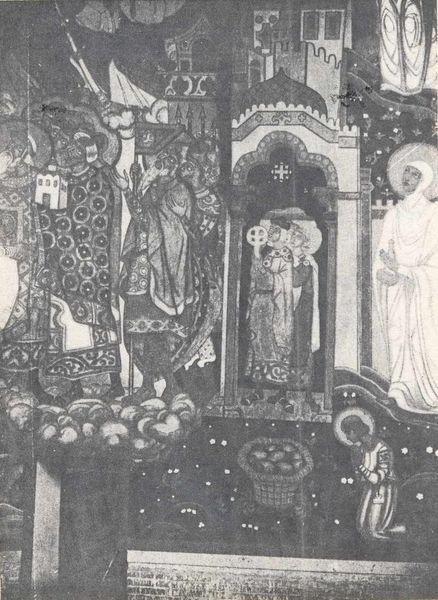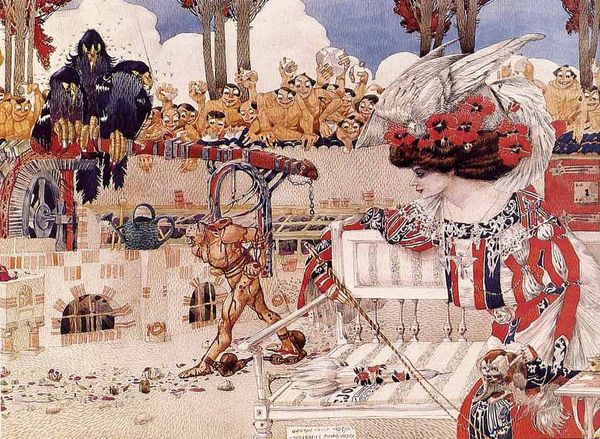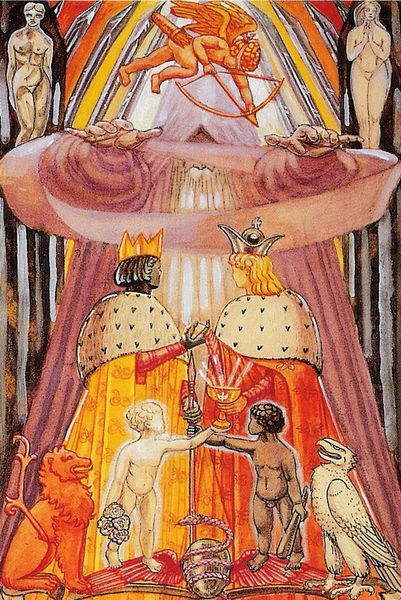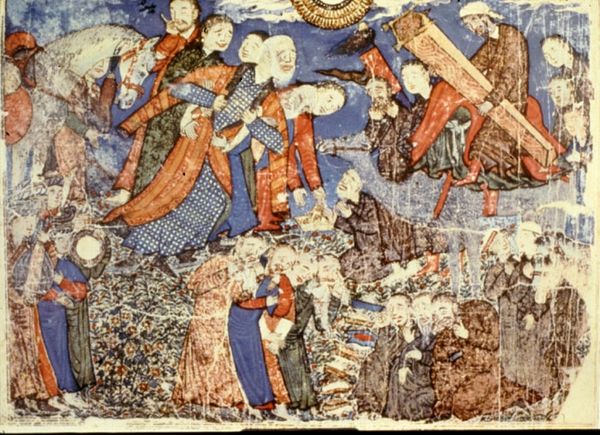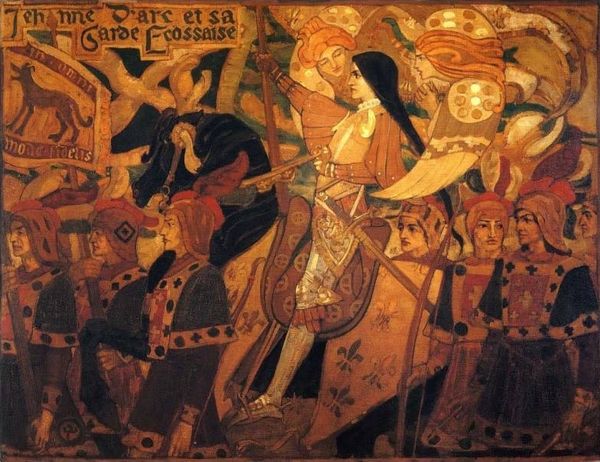
Copyright: Public domain
Mestre Ataíde painted this glorious ceiling for the Church of São Francisco de Assis in Ouro Preto, Brazil, at the turn of the nineteenth century. We see the Virgin Mary being carried up to heaven by a host of cherubic angels. Ataíde was one of the foremost artists of the Baroque style that dominated Brazil at this time. His work blended European techniques with local imagery. The rich colors and dynamic composition reflect the exuberance of Brazilian culture, but the iconography is straight out of the Catholic Church’s playbook. The colonial context is crucial here. The Catholic Church was a powerful institution in Brazil, closely tied to the Portuguese rulers. Art was used as a tool to reinforce religious beliefs, and Ataíde’s ceiling is a prime example of how art served the interests of both church and state. We can study parish records, viceroy reports, and travel journals to get a clearer sense of the politics of imagery in colonial Brazil. With the tools of historical research, we can better understand how art helped to shape Brazilian society.
Comments
No comments
Be the first to comment and join the conversation on the ultimate creative platform.
